|
Happy New Year every one! Kathy and I are excited for the third year of Plant Wisdom Garden Center. Last year, in spite of many challenges(late freezes, rain, ice, and heat), we saw a lot of familiar faces, friends, and newcomers. We are so happy to be here again and hoping for our best year yet! We have some fun and interesting classes planned, exciting new plants, and the same outstanding hardy plants you’ve come to expect from Plant Wisdom.
Doing these is a great way to accomplish some of your New Year Resolutions. Just half an hour gardening can burn up to 300 calories. Mycobacterium vaccae, that’s a bacteria and it’s in your soil. A walk through your yard, and it will be on your shoes. This bacteria was found about 10 years ago and used to boost the immune system of cancer patients. As a side effect, the oncologists found that the mood of the treated patients improved drastically. Not to mention all the tasty herbs, fruits, and vegetables your garden can give you! So get out there and dig in the garden, your body and mind will thank you! - Alex Wisdom
4 Comments
Showing those photographs may be a retail cardinal sin, but our business plan is to improve everyone's skill set. Our plants went through that cold snap just like yours did. Even with a green house, a 200,000 btu heater, and blower fans, we couldn't keep up with the cold. A lot was composted, but every photo above is of a plant that should bounce back.
After all the dead and damaged portions have been removed, put the pot in a bright and warm area and lightly feed them. They will really need the resources the fertilizer and sun provide to make new leaves. After that you should have have a sad looking plant that will grow back bushy and happy! This applies to outdoor plants too, but wait to do the trimming until mid February and wait to fertilize until the plant is actively growing. If the plant is dead, this gives you a chance to try something new! Keep in mind that these frost swings may be the new normal. Last year we had a couple days of 0 degrees and one -3! These are arctic temperatures, and they are lasting for hours at a time. We didn't carry Indian Hawthorne in 2017 because of those cold snaps and we probably won't again this year. Watch what doesn't come out of dormancy this spring, these will tell us how we need to adapt going forward. Well, the Fourth is over. Time to clean up the firework debris and enjoy some garden time while is still enjoyable outside. Here are a few to-dos to make everything easier. Cut back spring annuals 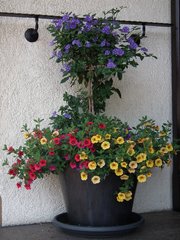 A lot of the pretty mixed pots and hanging baskets from spring may be starting to look a little thread bare. Root space is getting tight and there was that one week we forgot to water that one pot. Now is a great time to cut back those spring annuals. Cut out any dead stems and give the leggy stems a good whack. Give the rest a little cut to make it all look symmetrical. Apply a small does of Colorstar Fertilizer, water, and enjoy a lovely beverage on your porch! Clean/Dust your porch light 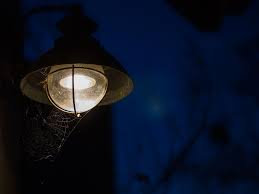 While your there, clean your porch lights and other outdoor lighting. We have a month before august hits and renders outdoor living impossible. Spending a few minutes cleaning your lighting will make your outdoor living area more welcoming during the last few cool nights of summer. Not only will lighting highlight your plants in the evening so we can enjoy them, but a well kept yard and adequate lighting are the two most effective things that can be done to prevent crime in our neighborhoods! Adjust your sprinkler system and watering habits 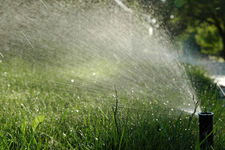 The past few weeks we have seen some good rain, but that won’t last. It’s a great time to check your sprinkler system, drip hoses, timers and such for proper watering. Place a cake pan in your yard and time your sprinkler to run as long as it takes to fill that up to one inch. That’s how long your system needs to run PER WEEK! We recommend twice a week, so half inch per run. Garden beds need about that much, but once a week is usually enough! Specimen plantings that are not well suited to Oklahoma weather need to be dealt with as needed. Potted plants most likely need to be watered once a day. No matter what it is, morning is the best time to water. Wet plants during warm nights are begging to be attacked by bugs, fungi, and viruses! Re-apply compost Redressing your beds and pots with a thin layer of compost will help retain moisture throughout the day, and replace organic material the plant has utilized during the spring. Pinch bag worms Pinch bag worms on evergreens before the infestation gets out of control. Also, spray web worms in trees with a high pressure spray. Once the webs are torn open, the birds will feast! It is very satisfying! Add natives! Don't worry about your tomatoes It has been relatively cool, so tomatoes should still be producing. But as temps climb over the mid 90’s, tomato pollen stops being viable. This can be helped by shaking the plant early in the morning, before it gets too hot. At a certain point, you will have flowers, but not fruit. Don’t worry, keep the plant healthy with compost and water. Once temperatures drop, production will return. Relax! --Alex Wisdom
It's hot, and there was 81% humidity this morning. Plants that usually do well in Oklahoma's Springs and Summers might not be looking too hot right now. It's hard enough to keep them watered, much less feed with out burning, or pruned with out ruining them. But fear not! It is not as difficult as it may seem! Here's a little primer on how to keep the annuals you worked so hard for in Spring looking good until October/November when you're ready to start planting Pansies and Cabbages.
There are two things that need to be done: remove some of the plant and feed. Removing biomass does two things: 1. eliminates much of the sickly/dead growth and 2.lessens the load of water and nutrients that the roots need to deliver. Feeding also does two things: 1. replaces nutrients the plant has used or lost due to leaching and 2. supplies nutrients for the plant to use in replacing bio mass that has been removed.
Just grab a handful of stems, like you are making a pony tail of plants. Then, take some pruners or scissors, place at a 45 degree angle to the plant pony tail, and start chopping. Edward Scissor Hand Style. No need to be careful (EXCEPT FOR YOUR FINGERS), the point is to remove stem not shape. If you cut at different levels, you will have a natural shape. Go for a shag, not a bowl cut. This is most necessary in mixed or combo pots where there are many plants competing for resources. But it also becomes necessary in baskets or pots with one plant and with upright or bushy annuals because they can get leggy too. They are a little more work because trimming them willy nilly can make them look hacked to pieces. All it takes is to look for a joint (or node) on a stem where there are leaves emerging. So, the trimmed plants should look better after trimming, but it will won't look great. At this point, they will need food. So, throw on a handful of compost and a small dose of slow release fertilizer like Colorstar, or organic, like Flower-tone. Then, set a timer on a soaker hose, go on vacation, and when you get back you will have the gorgeous planters you remember from May!
Stop the Crepe Murder |
Authors
Kathy and Alex have combined experience of over 25 years, and offer their expertise here. Archives
February 2019
Categories
All
|
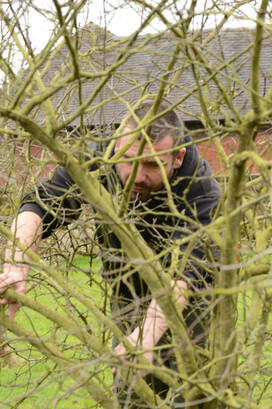
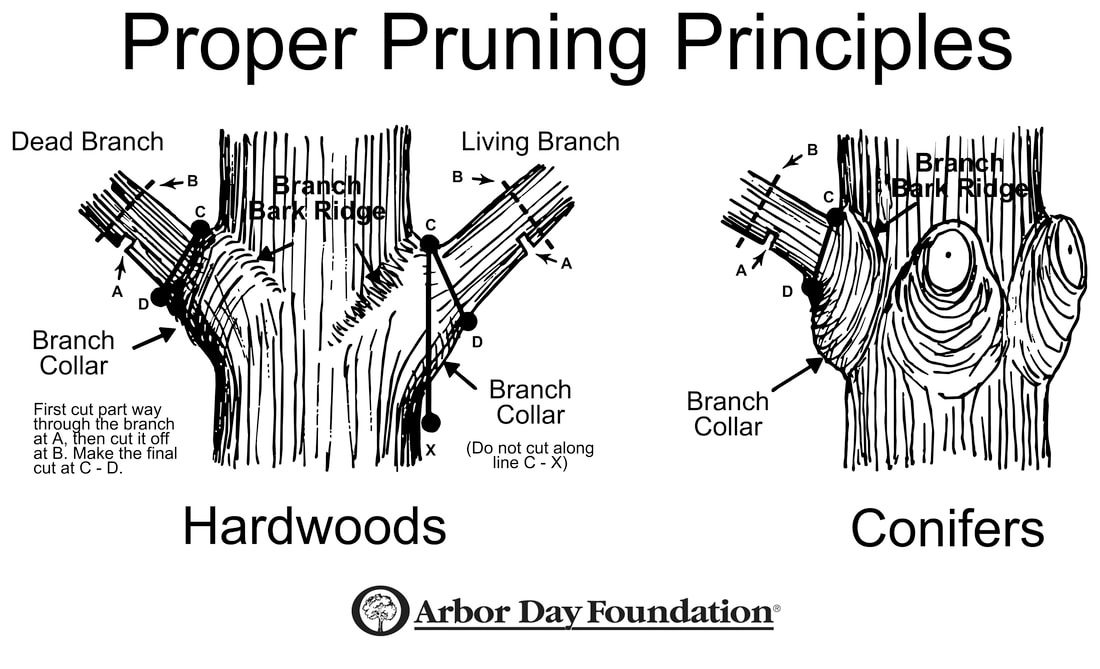

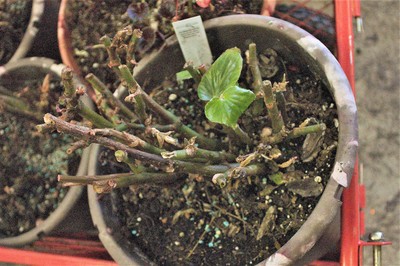
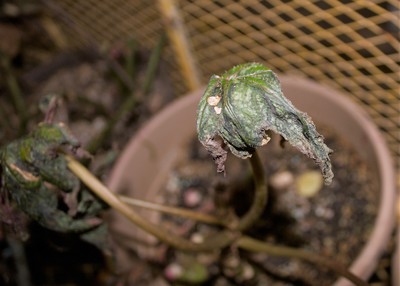
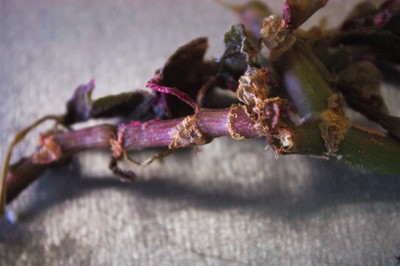
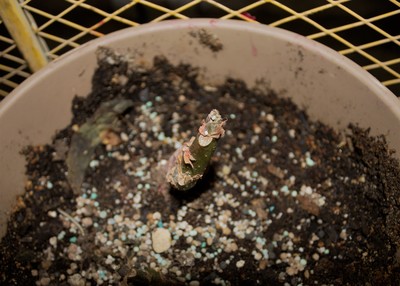
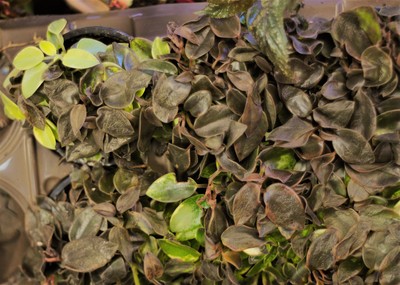
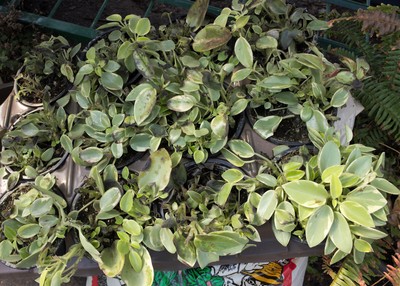
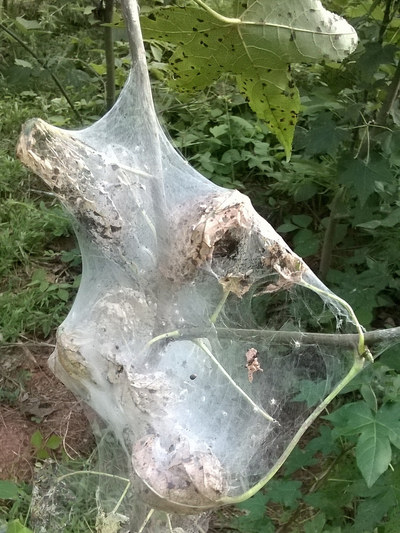
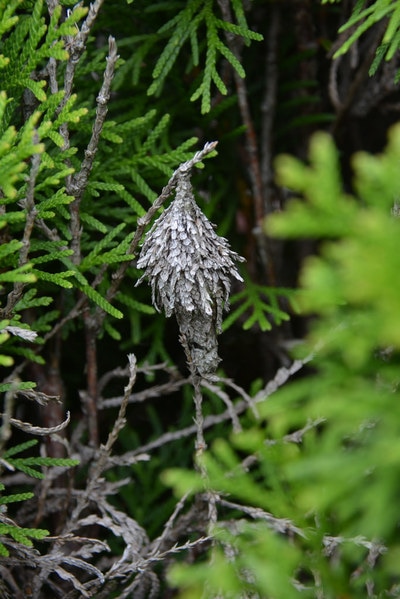
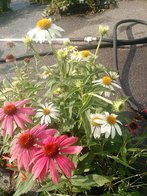

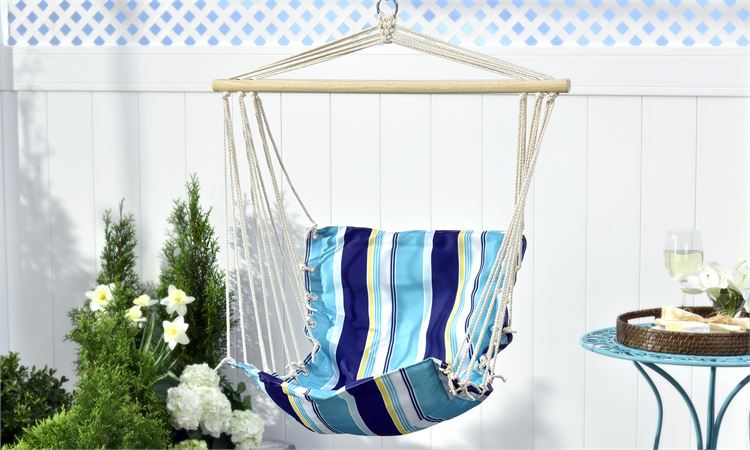
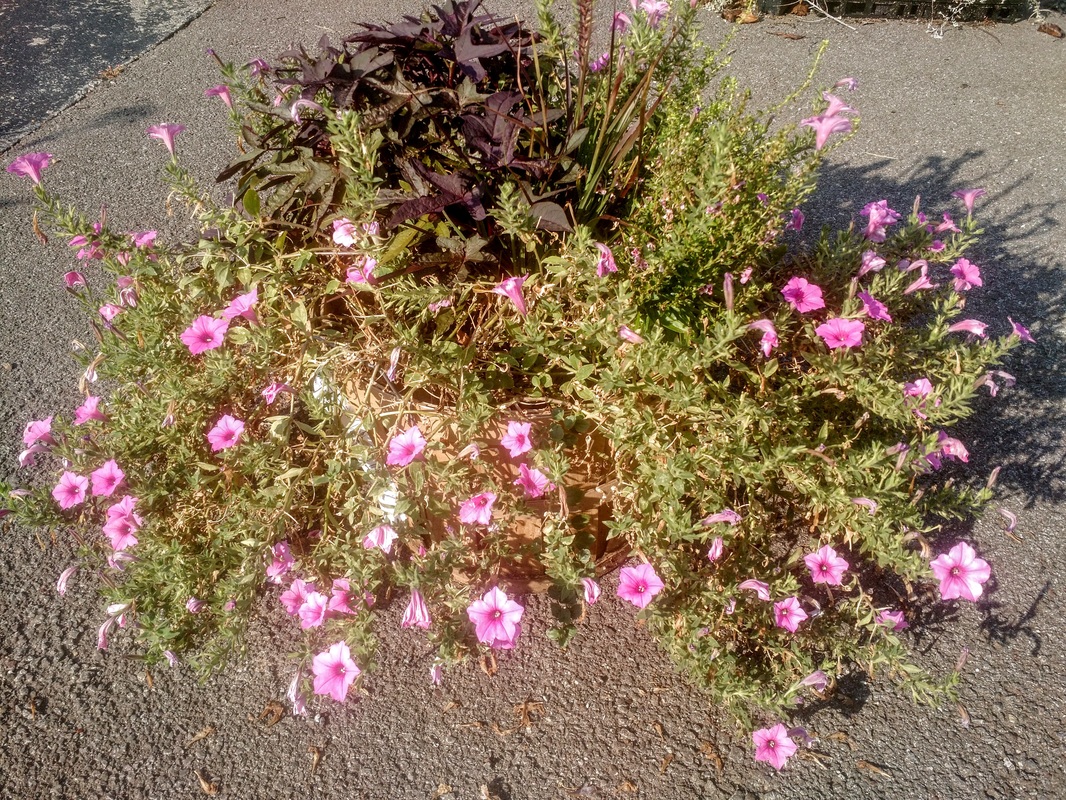
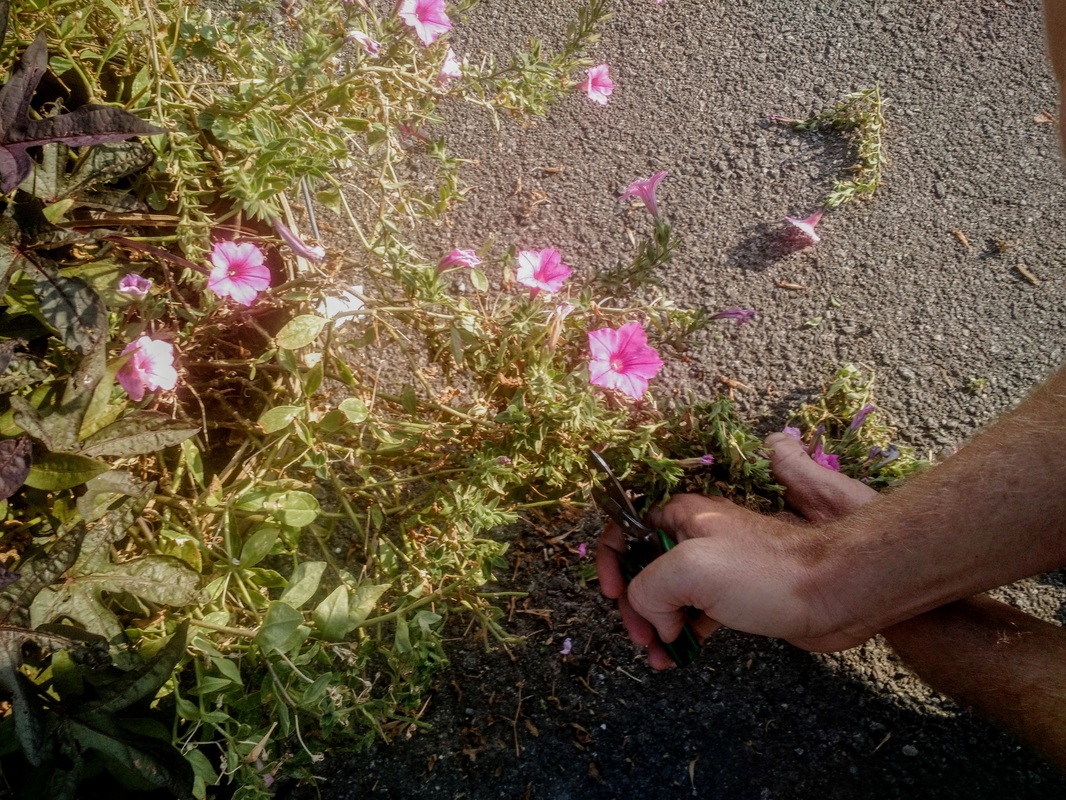
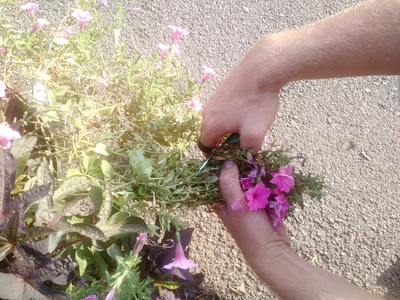
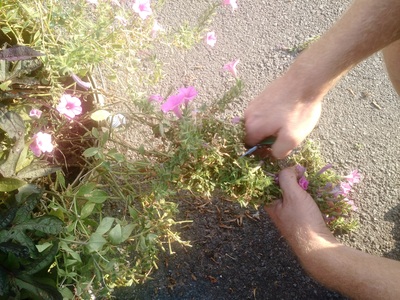

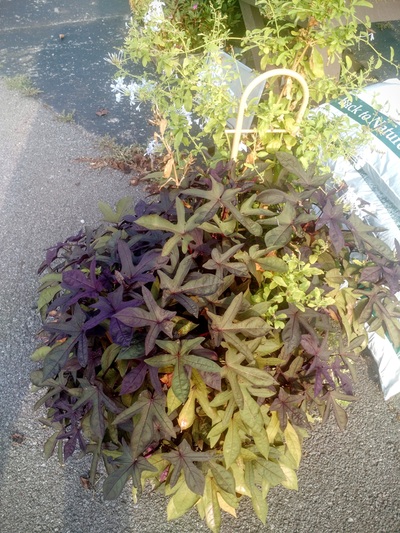
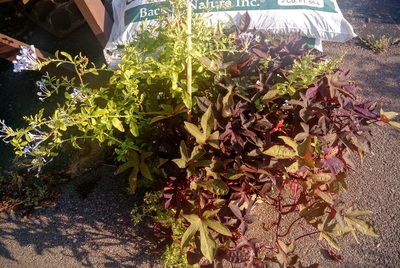
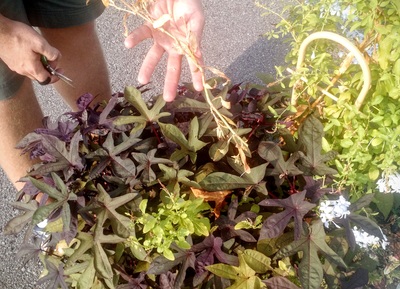
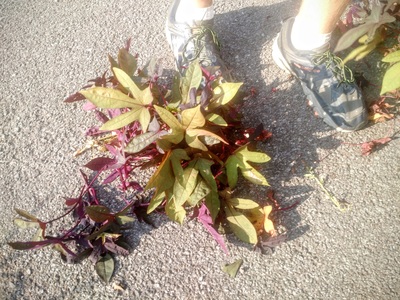
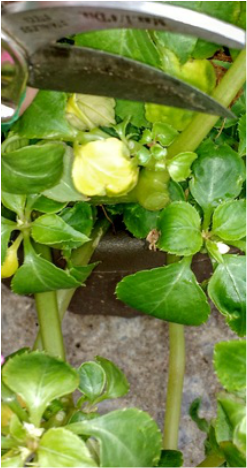
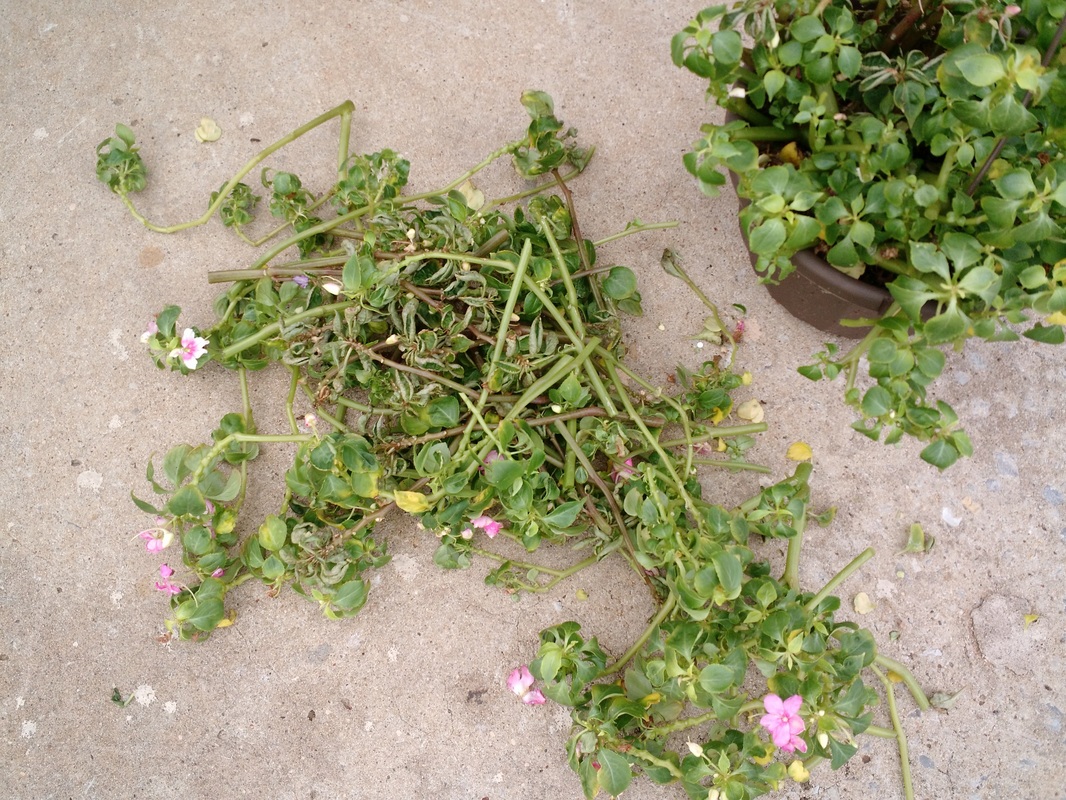

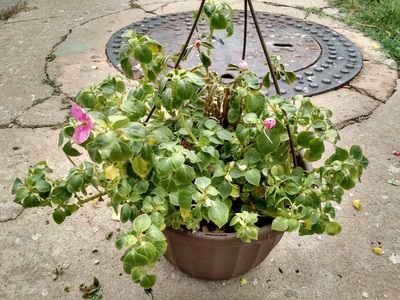
 RSS Feed
RSS Feed